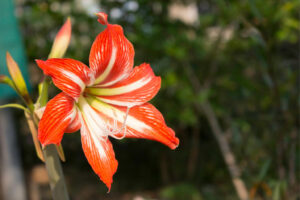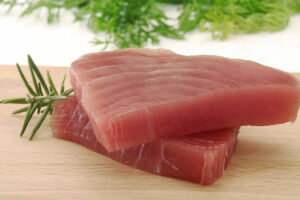6 key things to know before buying a home

Buying a home can be one of the most important decisions one makes. Along with being a major financial move, the purchase can impact one’s lifestyle and future plans. So, before buying a home, one must carefully consider things that can influence the choice of home and the purchase decision itself. For instance, before buying a home, one should learn about things like financing options, finding the right professionals, and must-have features in a home.
1. Long-term plans
As buying a home is typically a huge investment, before one even starts looking for a property, one must determine why they are buying a home and what their long-term plans are for the home. The decision to buy a home should not be solely based on the current lifestyle. Rather, the home should be able to meet current and future needs. Knowing what the long-term plans are can help one find the right home that aligns with the plans and is worth the investment.
2. Importance of inspection
In the current housing market scenario, many may be tempted to rush their decision to buy a house. As soon as they see a property they like, they try to quickly close the deal before other buyers get a chance. But, while buying a house, hasty decisions can prove to be costly in the future. This is because even though the house may look well-maintained from the outside, it could be hiding issues such as water damage, mold, leaky plumbing, and more. So, before finalizing a property, it is important for buyers to know exactly what they are getting into. Conducting a thorough home inspection can help one learn about all the features of the home as well as potential issues.
3. Purchase price and other costs
Those buying a home for the first time would benefit from knowing that the purchase price is one part of the overall cost of owning a home. A lot of other costs are involved here other than monthly mortgage payments to cover the purchase price. For instance, one will need to buy a home insurance policy and pay monthly premiums after buying the home. Maintenance costs, including repairing old appliances and systems, like plumbing, and the cost of renovation (if necessary) also add to the cost of ownership. So, before trying to buy a home, one must set a realistic budget that takes into account the purchase price as well as all the costs associated with home ownership.
4. Desired location
While house hunting, one must assess the location of the house in terms of access to amenities. For instance, one should check how far the house is from their work, school, and other places they visit regularly. Along with that, it is also important to assess the neighborhood in terms of safety. It is also advisable to look up the neighborhood’s crime statistics before deciding to buy a property there. One may also want to buy a home that is close to public parks or cafes. So, choosing a home based on the location can help.
5. Financing options
After setting a budget, an important step while househunting is figuring out the source of finance. If one is considering a loan, then getting a pre-approval for the home loan is crucial. Once the bank pre-approves the loan, one will know the exact amount they will get via the loan. Often, sellers take buyers seriously when they already have a loan pre-approval. This is because the pre-approval indicates that the buyer is serious about buying a house.
6. Existing debt
Another key factor to consider before buying a house is the existing debt one has. This could be a student loan, credit card debt, or any other form of debt that one is still in the process of repaying. One must determine if their current financial situation allows them to take on the responsibility of monthly mortgage payments with the existing debts. Along with that, one must also keep an eye on their credit score. If they have missed any debt payments in the past, they may have a low credit score, which can make it difficult to get approved for a loan, especially one with a low interest rate.



